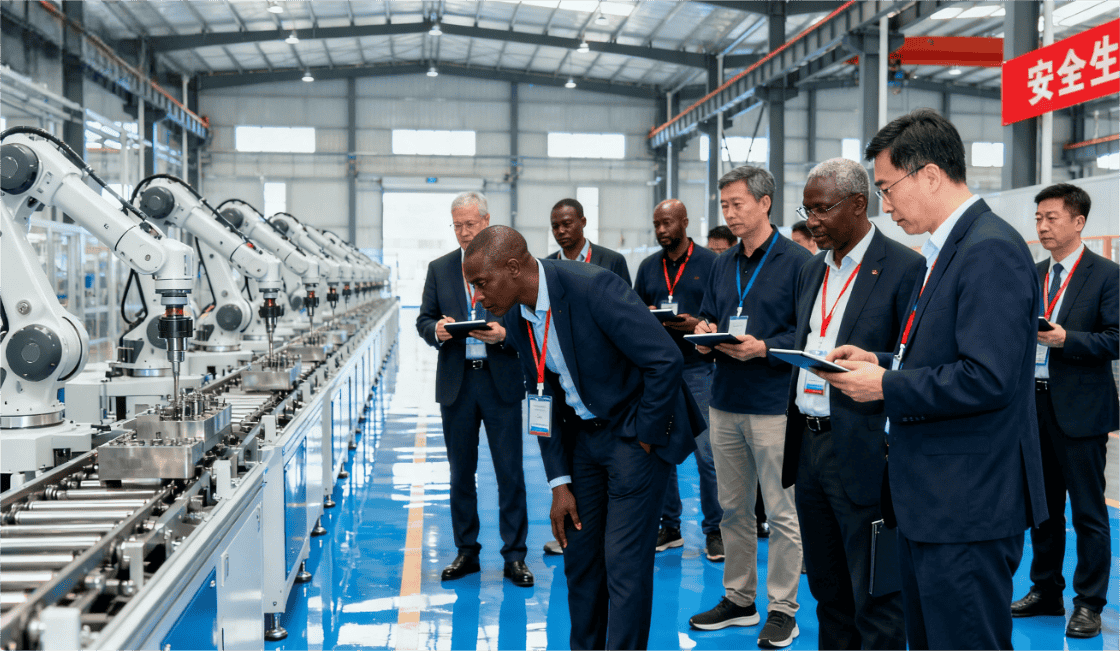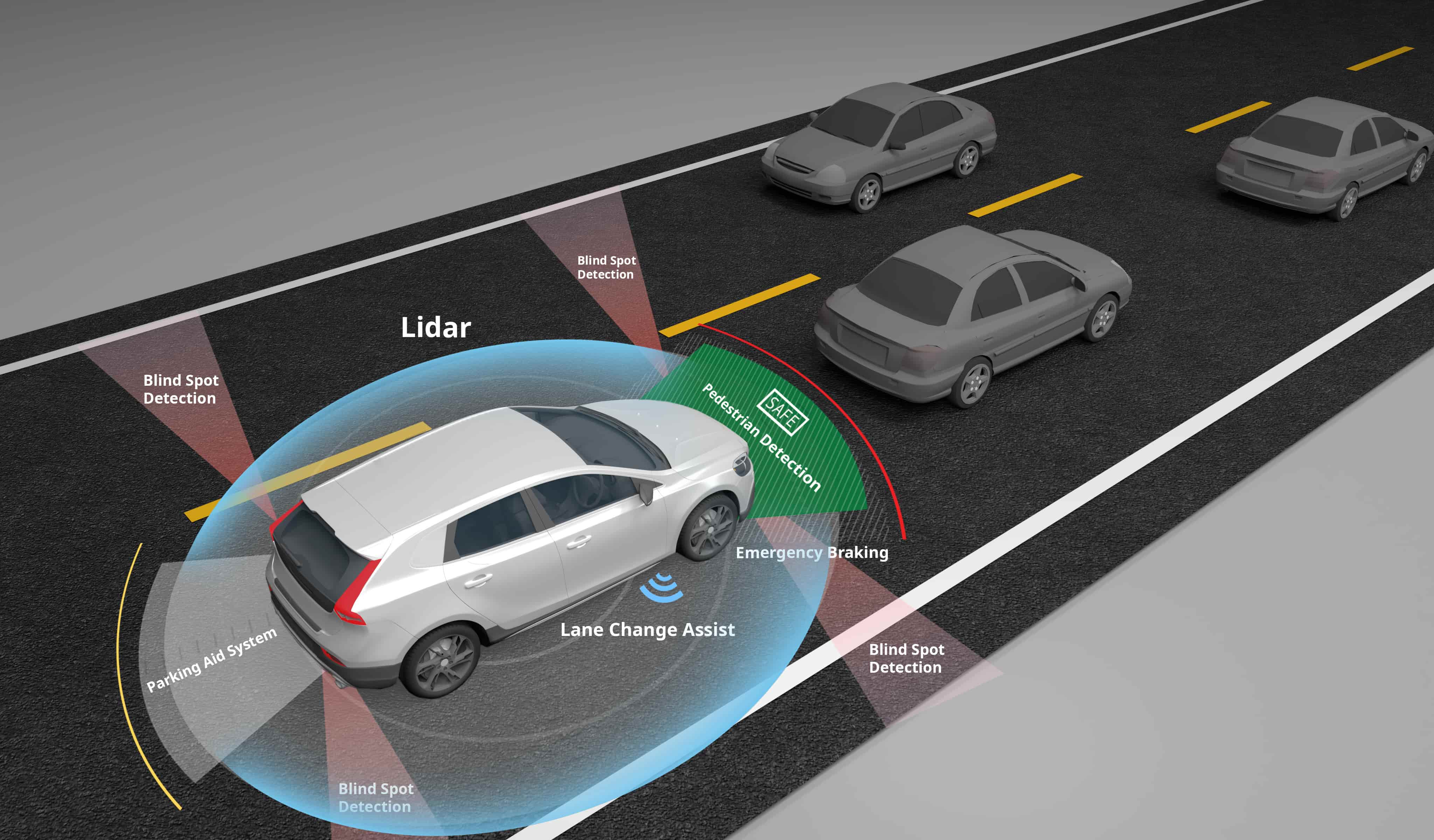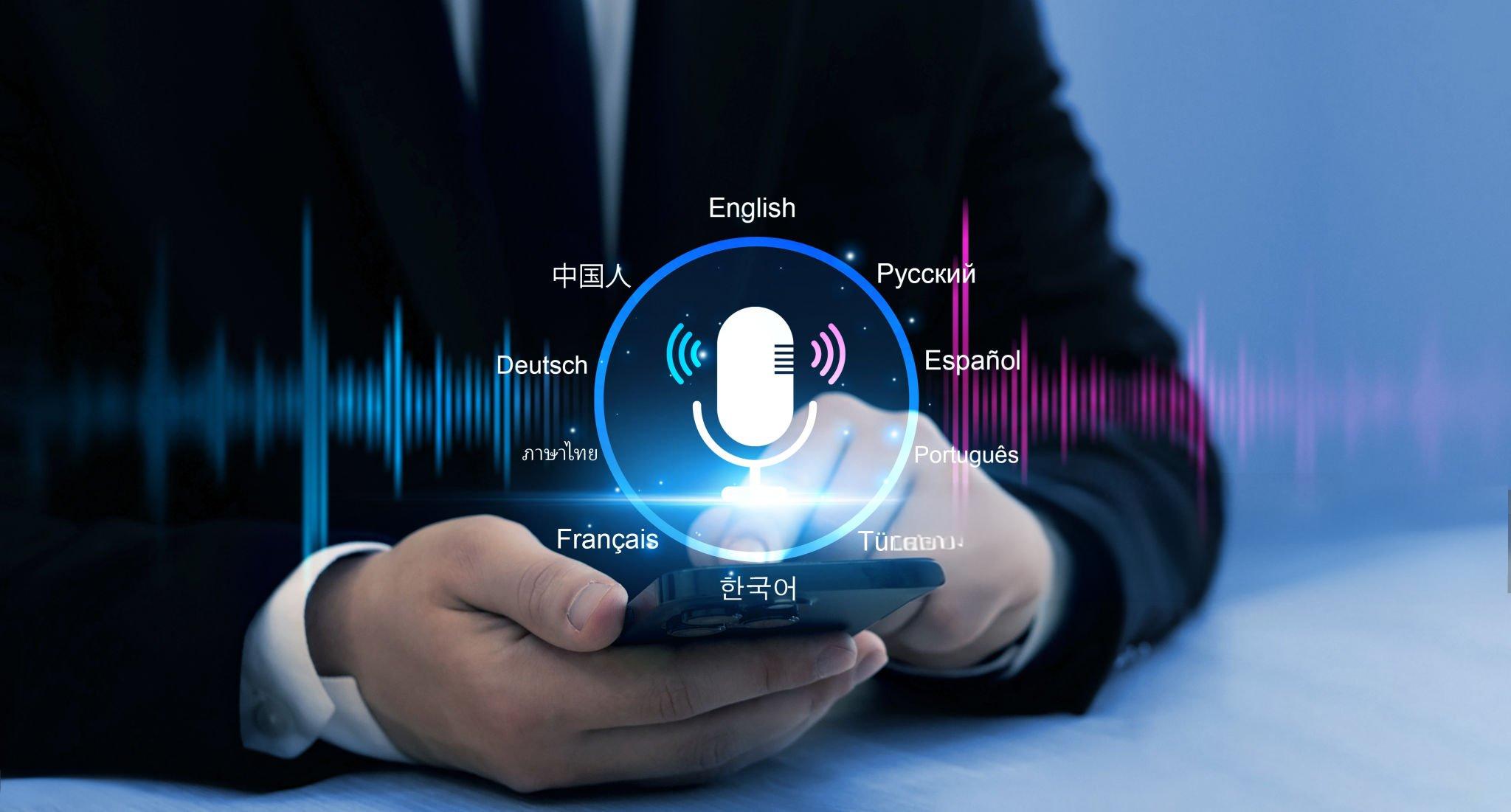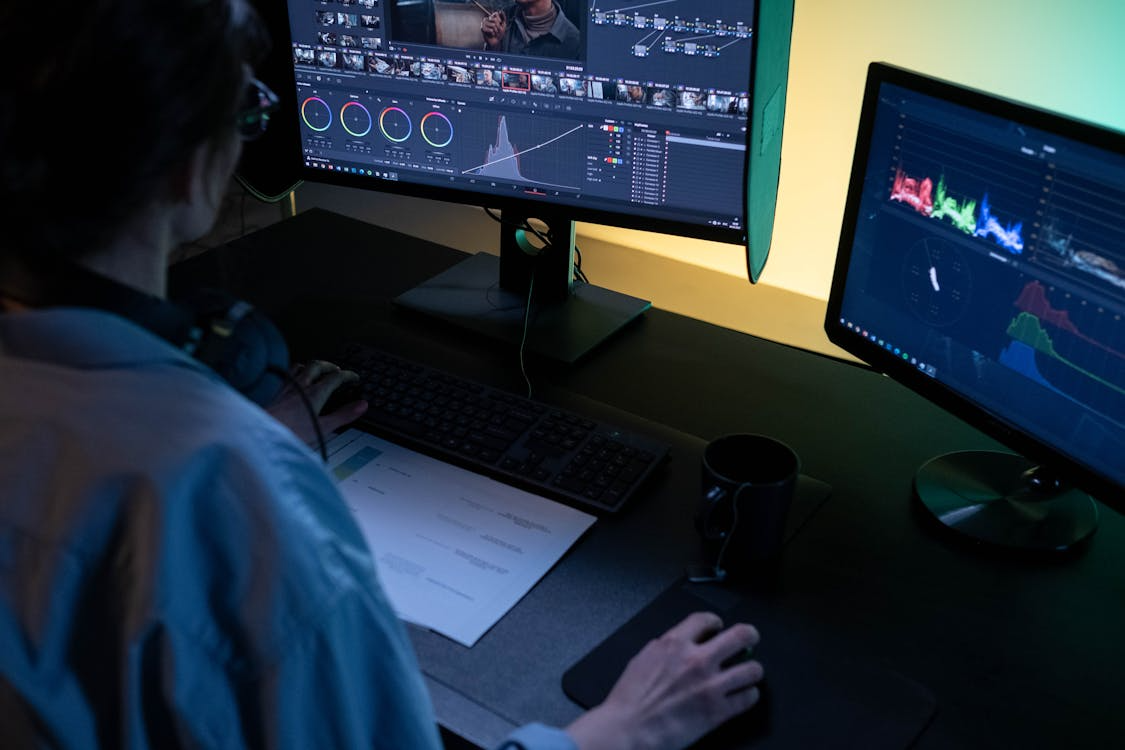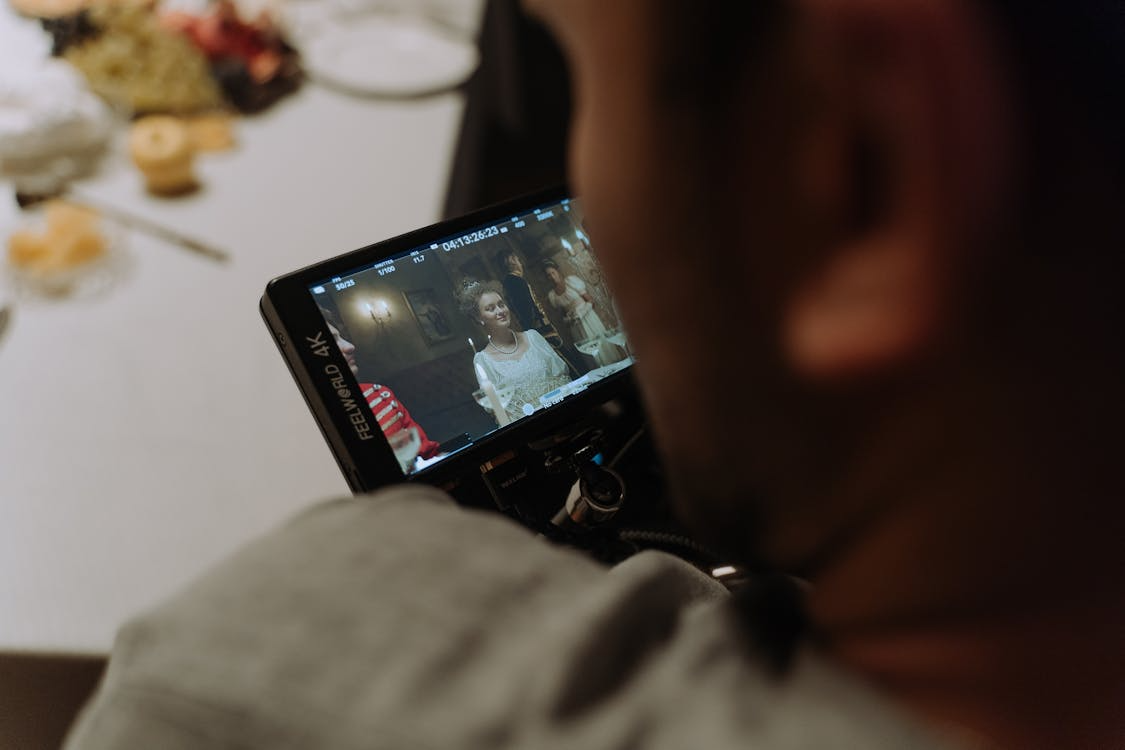Protecting intellectual property (IP) in global markets is a priority for innovative businesses, and for those targeting Portuguese-speaking countries like Brazil and Portugal, translating patents from English to Portuguese is a critical step. However, the cost of these translations can vary significantly depending on the industry, with pharmaceutical and engineering patents often facing different pricing structures. Research suggests that pharmaceutical patent translations typically command higher rates due to their complexity and regulatory demands, while engineering translations may be slightly less expensive due to a broader pool of translators. This article explores the reasons behind these rate differences and offers insights into the factors driving costs.
Factors Influencing Translation Rates
Several factors shape the cost of patent translations, including:
Language Pair: Less common language pairs often cost more due to limited translator availability.
Subject Matter Expertise: Translators with specialized knowledge in technical or legal fields charge higher rates.
Text Complexity: Complex documents require more time and research, increasing costs.
Urgency: Rush jobs incur premium fees, often 25–50% higher.
Certification Requirements: Legal certifications, common in patent filings, add to costs.
For English-to-Portuguese translations, the language pair is consistent, so the primary drivers of rate variation are subject matter expertise and text complexity, which differ significantly between pharmaceuticals and engineering.
Pharmaceutical Patents: High Complexity and Stakes
Pharmaceutical patents are among the most challenging to translate due to their intricate content and regulatory requirements. These documents often include:
Specialized Terminology: Chemical compounds, biological processes, and medical terms like “pharmacokinetics” or “dosage regimens” demand precise translation.
Regulatory Compliance: Translations must align with standards set by bodies like the U.S. Food and Drug Administration (FDA) or the European Medicines Agency (EMA), requiring translators familiar with these regulations.
High Stakes: Errors can lead to health risks, rejected patents, or legal disputes, necessitating rigorous quality control.
Pharmaceutical patents tend to be lengthy, with detailed descriptions of clinical trials, drug formulations, and regulatory data. This complexity increases translation time and effort, often resulting in rates at the higher end of the spectrum, typically $0.25–$0.35 per word. The need for certified translations, especially for Brazil’s INPI, which may require sworn translations (tradução juramentada), further elevates costs.
Engineering Patents: Diverse but Less Regulated
Engineering patents span a wide range of subfields, including mechanical, electrical, software, and civil engineering, each with its own terminology. For example:
Mechanical Engineering: Descriptions of physical devices, such as “hydraulic systems” or “gear assemblies.”
Software Engineering: Algorithms, code snippets, or system architectures.
Civil Engineering: Construction methods or material specifications.
While these patents require technical expertise, the diversity of engineering fields means a larger pool of qualified translators may be available compared to the pharmaceutical sector. Engineering patents are often less regulated in terms of language, focusing primarily on technical accuracy rather than compliance with health authorities. This can result in slightly lower rates, typically $0.20–$0.30 per word, though complex subfields like software engineering may approach pharmaceutical rates.
Why Rates Vary Between Industries
The differences in translation rates between pharmaceutical and engineering patents stem from several key factors:
Scarcity of Specialized Translators: Pharmaceutical translations require expertise in life sciences and patent law, a rare combination that commands premium rates. Engineering translations, while specialized, benefit from a broader range of subfields, potentially increasing translator availability and moderating rates.
Document Complexity and Length: Pharmaceutical patents are often longer and more complex, with extensive regulatory and clinical data. A 2018 analysis by Park IP Translations found that biotechnology patents, closely related to pharmaceuticals, average 18,400 words, compared to 6,350 words for materials and metallurgy, a subset of engineering. This complexity drives higher per-word rates.
Risk and Liability: The consequences of errors in pharmaceutical patents are severe, potentially affecting patient safety or leading to multimillion-dollar disputes. Translation agencies charge higher rates to employ top-tier translators and implement rigorous quality checks, such as back-translation or multiple reviews.
Additional Services: Pharmaceutical translations may require certification or compliance with international standards, adding costs. Engineering patents, while sometimes needing certification, typically face fewer regulatory hurdles.
|
Factor |
Pharmaceutical Patents |
Engineering Patents |
|
Translator Expertise |
Life sciences + patent law |
Engineering subfield + patent law |
|
Average Word Count |
~18,400 (biotech-related) |
~6,350 (materials/metallurgy) |
|
Rate Range |
$0.25–$0.35/word |
$0.20–$0.30/word |
|
Regulatory Needs |
High (FDA, EMA compliance) |
Moderate (patent office standards) |
|
Risk Level |
High (health/legal risks) |
Moderate (financial/legal risks) |
Conclusion
The cost gap in English-to-Portuguese patent translations between the pharmaceutical and engineering sectors is not arbitrary—it reflects the real-world demands of each field. Translating a pharmaceutical patent isn’t just about finding the right words; it’s about navigating a dense web of scientific terminology, regulatory frameworks, and legal risk. Engineering patents, while also technical, generally offer a bit more breathing room due to broader translator availability and fewer regulatory hoops. These practical differences are what shape pricing. For businesses eyeing Portuguese-speaking markets, recognizing these nuances isn’t just helpful—it’s essential. Choosing a translation partner who understands both the language and the landscape can make the difference between a protected idea and a costly misstep.
Navigate the complexities of patent translation with ease. Artlangs Translation delivers precise, industry-specific translations for pharmaceuticals and engineering, ensuring your IP is protected in Portuguese-speaking markets. Contact us today for tailored solutions.

